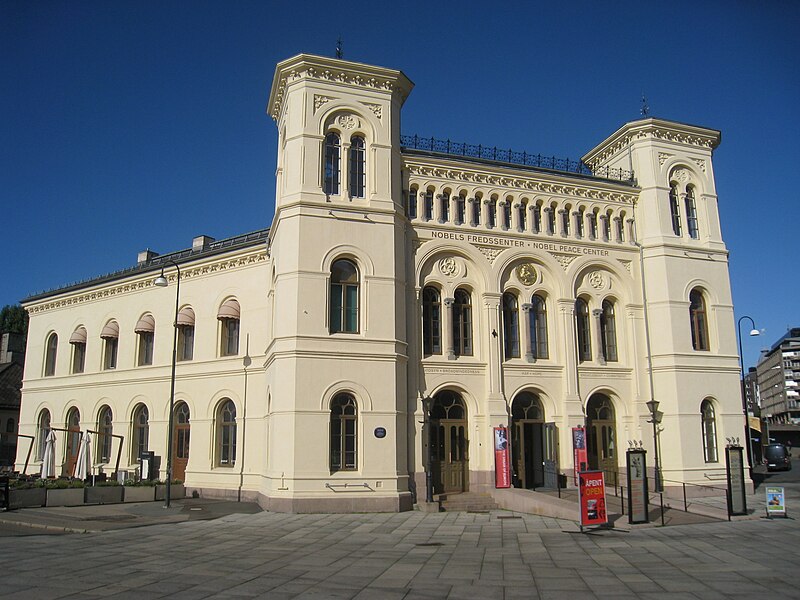World Peace Symbols
MegaSimple Peace Worldwide
Thursday, January 15, 2015
Medical Ambassadors: Teaching Medicine Internationally
Language, culture and international exchange of virtual patients.
QUESTION: Is it feasible to develop a virtual patient based educational program in Romania, with cases in English, and developed in a non-Romanian setting?METHOD: 4th year Romanian medical students underwent training in English with 8 virtual patients. The cases were taught in both Romanian and English. Several cases came from the U.S.
RESULTS: There were no significant differences between student performance on the Romanian vs. English version of virtual patients.
CONCLUSION: The development of a virtual patient educational program in English appears to be feasible, cost-effective and in accordance with the globalization of medical education, even in countries were English is not the native language.
BMC Med Educ. 2013;13:21
Tuesday, November 25, 2014
Sunday, November 9, 2014
Public Health Ambassadors
Public health managers: ambassadors, coordinators, scouts, or guards?
CONTEXT: Middle managers are increasingly required to work with, and between, many groups within an organization ("boundary spanning,").PARTICIPANTS: Fourteen administrative and team public health managers.
SETTING: An urban-rural public health unit in Ontario, Canada.
RESULTS: The participants' more frequently engaged in the ambassador, coordinator, and scout categories of boundary spanning than behaviors in the guard category.
CONCLUSION: Boundary spanning appears to be an essential function for public health managers. The most positive type of boundary-spanning is ambassador type behaviors, which can lead to improved group performance.
J Public Health Manag Pract. 2013 Nov-Dec;19(6):562-8
Tuesday, October 28, 2014
High school students as ambassadors of CPR
BACKGROUND: Those trained in CPR have a mean age of 30, but those most likely to witness out-of-hospital cardiac arrest have a mean age of 65.
OBJECTIVE: can high school students be trained to be ambassadors to train older adults how to effectively perform CPR?
RESULTS: Each high school student ambassador trained an additional 3 people, of which 40% were aged 50 or older. Training by the high school ambassadors was effective in teaching proper CPR technique.
CONCLUSIONS: People trained at home with a manikin-DVD set and high school students as facilitators were able to perform CPR properly.
Resuscitation. 2010 Jan;81(1):78-81
OBJECTIVE: can high school students be trained to be ambassadors to train older adults how to effectively perform CPR?
RESULTS: Each high school student ambassador trained an additional 3 people, of which 40% were aged 50 or older. Training by the high school ambassadors was effective in teaching proper CPR technique.
CONCLUSIONS: People trained at home with a manikin-DVD set and high school students as facilitators were able to perform CPR properly.
Resuscitation. 2010 Jan;81(1):78-81
Subscribe to:
Posts (Atom)


